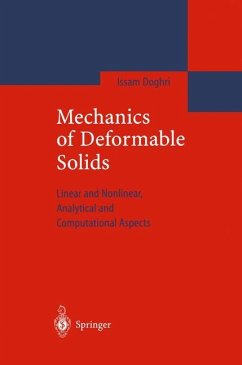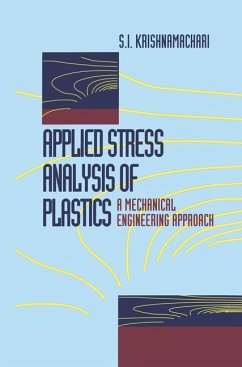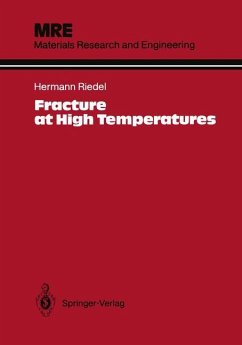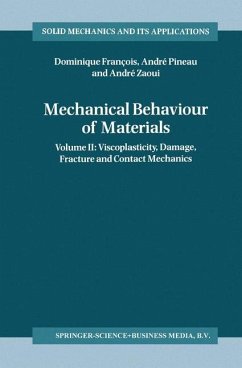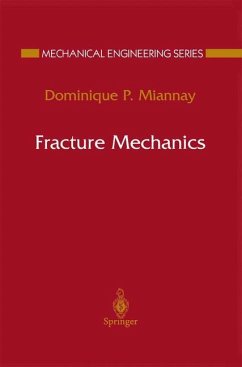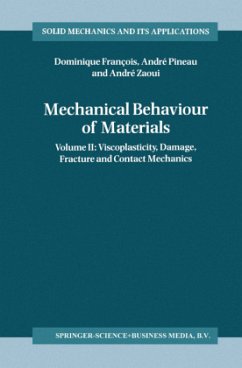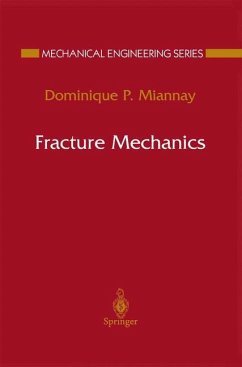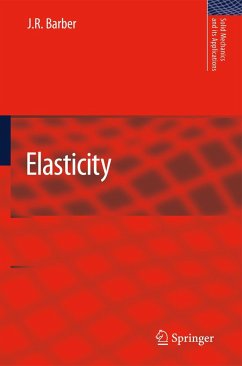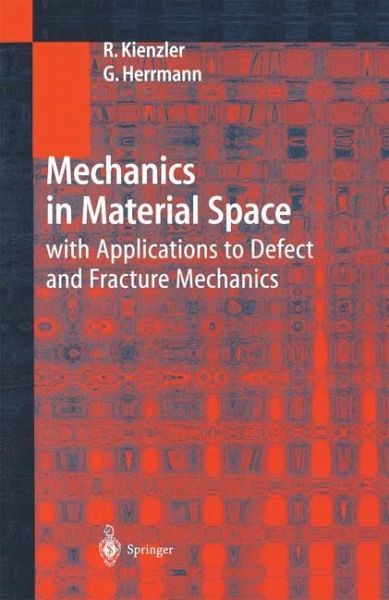
Mechanics in Material Space
with Applications to Defect and Fracture Mechanics

PAYBACK Punkte
19 °P sammeln!
The aim of the book is to present, in a novel and unified fashion, the elements of Mechanics in Material Space or Configurational Mechanics, with applications to fracture and defect mechanics. This mechanics, in contrast to Newtonian mechanics in physical space, is concerned with defects such as cracks and dislocations, which are embedded in the material and might move in it. The level is kept accessible to any engineer, scientist or graduate student possessing some knowledge of calculus and partial differential equations, and working in the various areas where rational use of materials is ess...
The aim of the book is to present, in a novel and unified fashion, the elements of Mechanics in Material Space or Configurational Mechanics, with applications to fracture and defect mechanics. This mechanics, in contrast to Newtonian mechanics in physical space, is concerned with defects such as cracks and dislocations, which are embedded in the material and might move in it. The level is kept accessible to any engineer, scientist or graduate student possessing some knowledge of calculus and partial differential equations, and working in the various areas where rational use of materials is essential.





